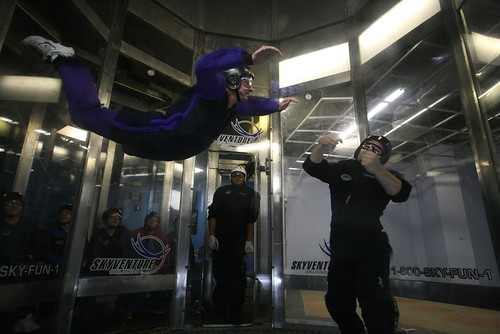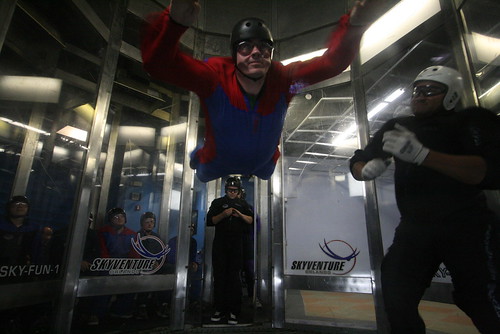I'm in beautiful Orlando, staying at the Hilton in the Walt Disney World Resort. This hotel is on the conference shuttle route, and Keith Elder is also here with his wife Ellen.
Getting to this point wasn't without incident, though. First off, since my employer paid for the flight, I had to make reservations with the company's travel agency. Despite my desire to fly Delta TOL-ATL-MCO, they wanted me to take Northwest TOL-DTW-MCO. That flight was actually cheaper with the connection, if you can believe it, than if I drove to DTW and just took the second leg flight by itself... So, I agreed.
Well, I showed up at the airport bright and early (well, not so much bright, since the SUN WASN'T UP YET!!!), and find that the first leg had been cancelled. Luckily, Northwest had already booked me onto a Continental flight. TOL-CLE-MCO. When I check in at the Continental desk, I learn that the flight is oversold. I'm instructed to wait on the side with other people who were in the same situation. 60 minutes left until that flight leaves...
The first two of those folks were bumped to Delta. Yep, they got to fly my desired TOL-ATL-MCO route. I chuckled to myself, thinking that I would get my way after all. Then it was my turn to check in, and as luck would have it, the flight was no longer oversold, so I was forced to take the Continental route... :(
Going through security, I was told to step into a special line. Then some big TSA guy walks towards me, pulling on a pair of rubber gloves! Despite all of the horror stories that I had heard about cavity searching and whatnot, he only patted me down while another agent went through my carry-on belongings.
I made it onto the small turboprop commuter plane (16 seater?) which flew me to Cleveland, passing by Cedar Point on the way, and flying low over Jacob's Field on our final approach. I actually like these low-and-slow flights, especially when I have a window seat (on this bird, all seats were window seats).
Then the flight to Orlando: You know, the home of Disney World. Parents take their kids to Disney World, and a "kid" can mean a pleasant 8-year old just as much as it can mean a screaming 1-year old. Well, on this 737-800, there were 1-year olds all around me, and not a one wanted to sit still or be quiet. That made for an relaxing 2-hour flight (I'm using a little thing that we call "sarcasm" here).
Oh, did I mention that before the flight even began, we were stuck at the gate with the doors closed because the sorting room had lost 8 bags for my flight... Did I also mention that this was a 45-minute delay waiting for those bags? I didn't? Hmmmm...
I arrived at MCO about 45 minutes late (go figure), and headed down to the car rental counter. There I stood in a line for an hour! But, when I did finally make it to the counter, I learned that my "intermediate" car that the travel agency booked turned out to be this cool charcoal-colored Mustang! Wowsers! Not a convertible, though...
I've done a bit of exploring around the area of the hotel, as I tend to do in all new cities. Since Tina isn't here with me, I don't have to worry about getting lost. I'm impressed by the different plant and wildlife here, especially the little lizards and spanish moss growing on trees. Also, the grass here isn't the fescue that I'm used to at home, which I thought was interesting.
Here at the Hilton, there are regular bus stops to take you to the various Disney parks in the area. I thought that it would only be natural for the Tech Ed shuttle to also stop at that entrance. So, I waited on a bench for about 45 minutes. After three Disney shuttles came and went, I gave up and asked the hotel. It seems that there's a "Convention Entrance" where the Tech Ed busses stop. Glancing at my bus schedule that the front desk gave me, I do see handwriting that says "Microsoft Transportation Convention Entrance".... Oh, so THAT'S what that means... :-/
Registration at the venue was extremely easy, thanks to a large number of staffers. Get in line, approach a staffer, provide your ID, they print a badge, and then you walk down to the "Materials" section to pick up your laptop bag (a convertible backpack/man purse concept, it appears) stuffed with marketing slicks and whatnot.
That was enough excitement for me, so I returned to the hotel to compose this blog post and then work on loading software onto my newly paved laptop. Party with Palermo tonight!


